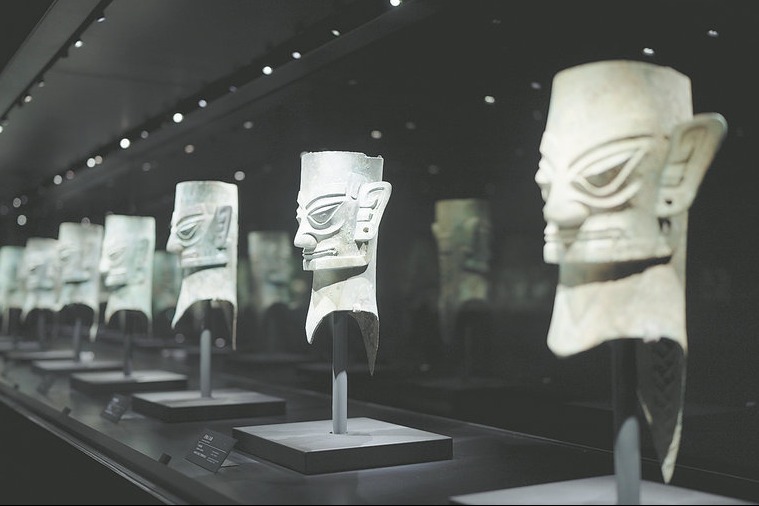Imperial sacrifices reveal intriguing facts
By Wang Ru | China Daily | Updated: 2023-09-07 08:10

"The discovery of a large number of such valuable animals, each buried in their own sacrificial pit, is groundbreaking in China," she says, adding that many animal sacrifices found at tombs elsewhere were buried in one large pit, instead of individually.
"Through the discovery of these animals, we can get a better picture of the environment and climate around the site during the time of the Western Han Dynasty. Some of the animals now living in southern China were able to live in northwestern China during the reign of Emperor Wen. This means the local climate was hotter and more humid at the time.
"Moreover, the existence of macaques, golden monkeys, tigers, pandas and deer suggests that multiple forms of landscaping were present in the Shanglin Garden, including forests, bamboo groves, grassland, rivers, lakes and swamps… so this early royal garden was host to a wide variety of flora and fauna," she adds.
As the area's environment and climate changed, and human activity increased, some of the animals gradually disappeared from what is now central Shaanxi.
Hu adds that while some of the animals sacrificed had likely been trapped locally, others had probably been sent as tributes from vassal states of the Western Han Dynasty.
























